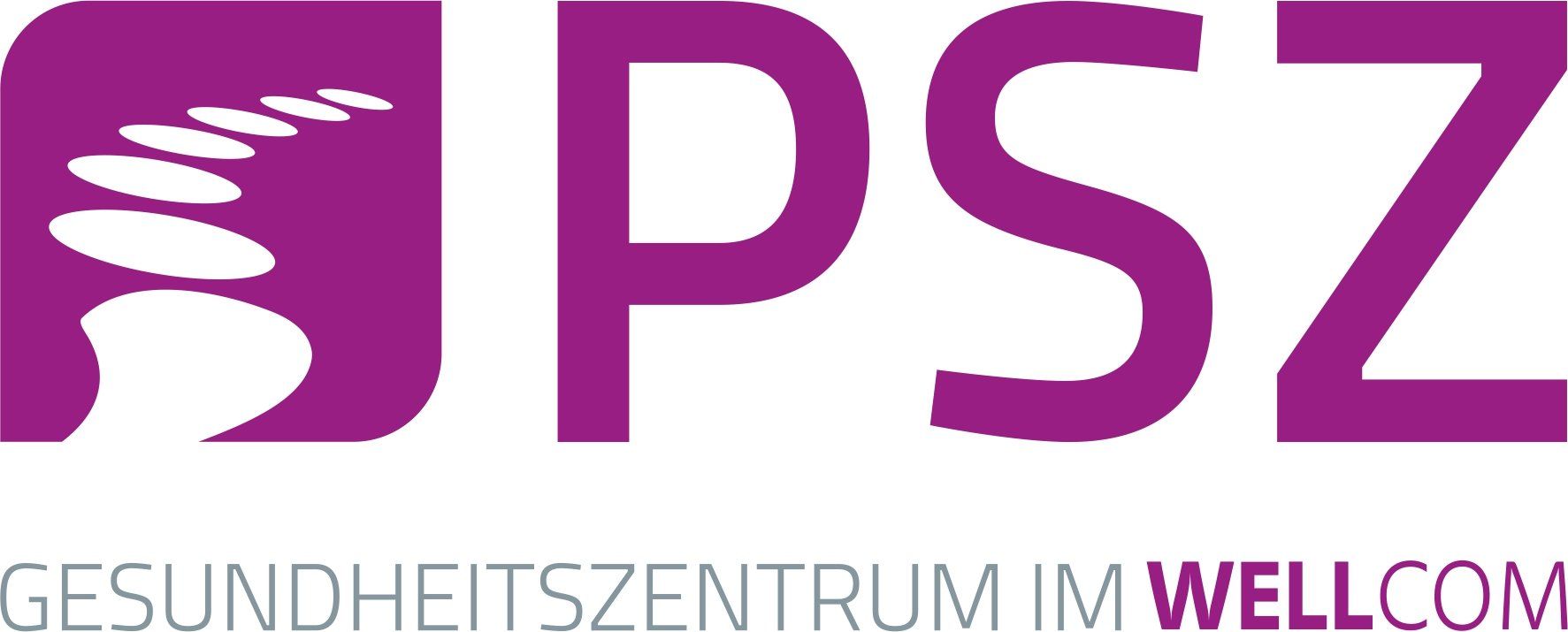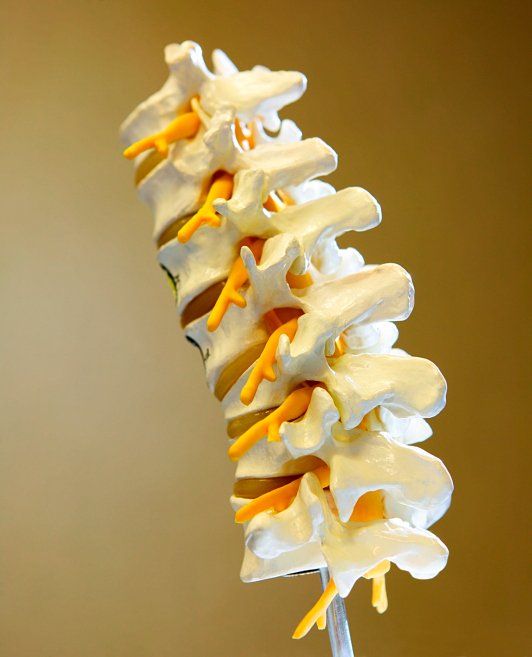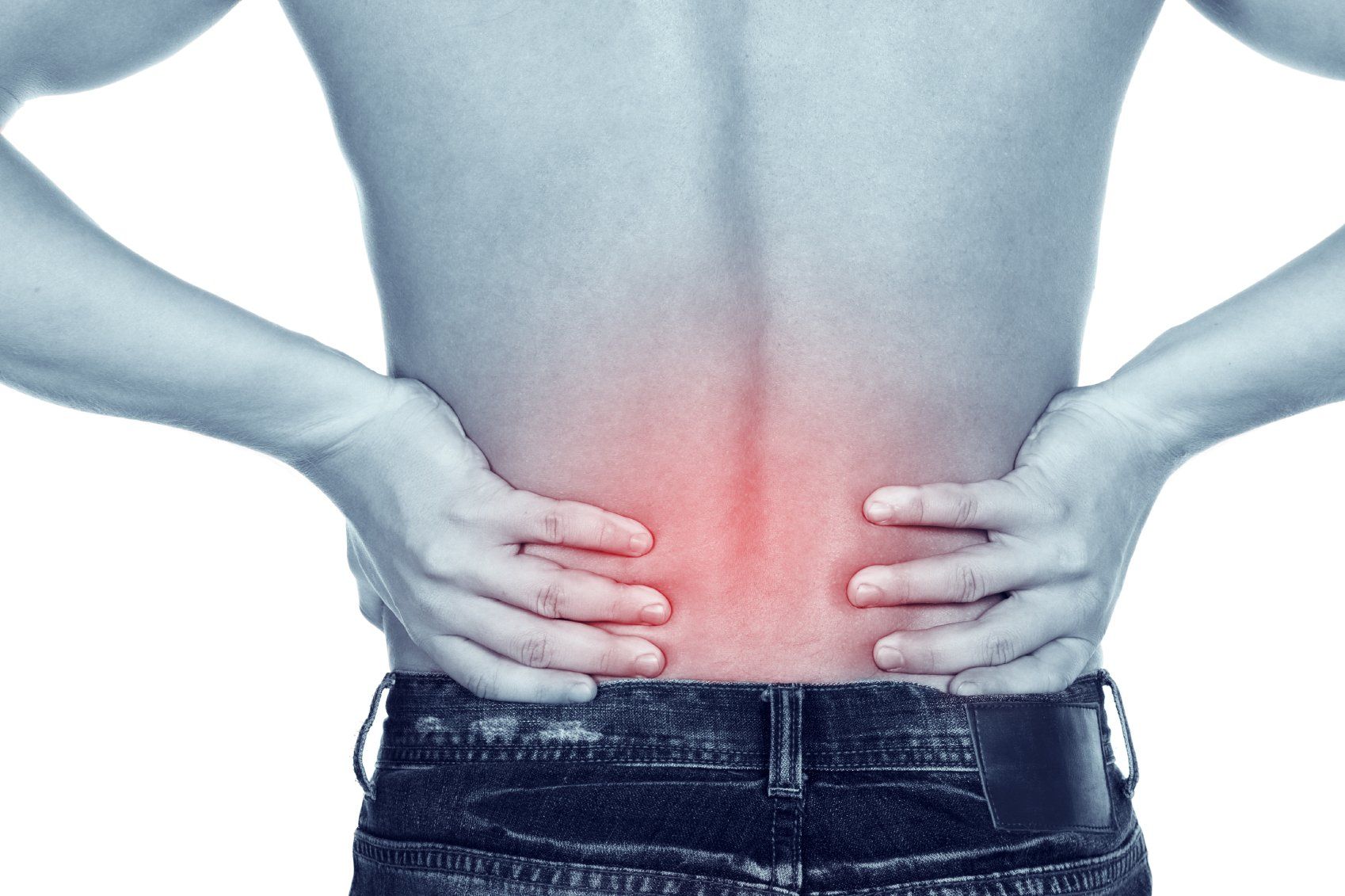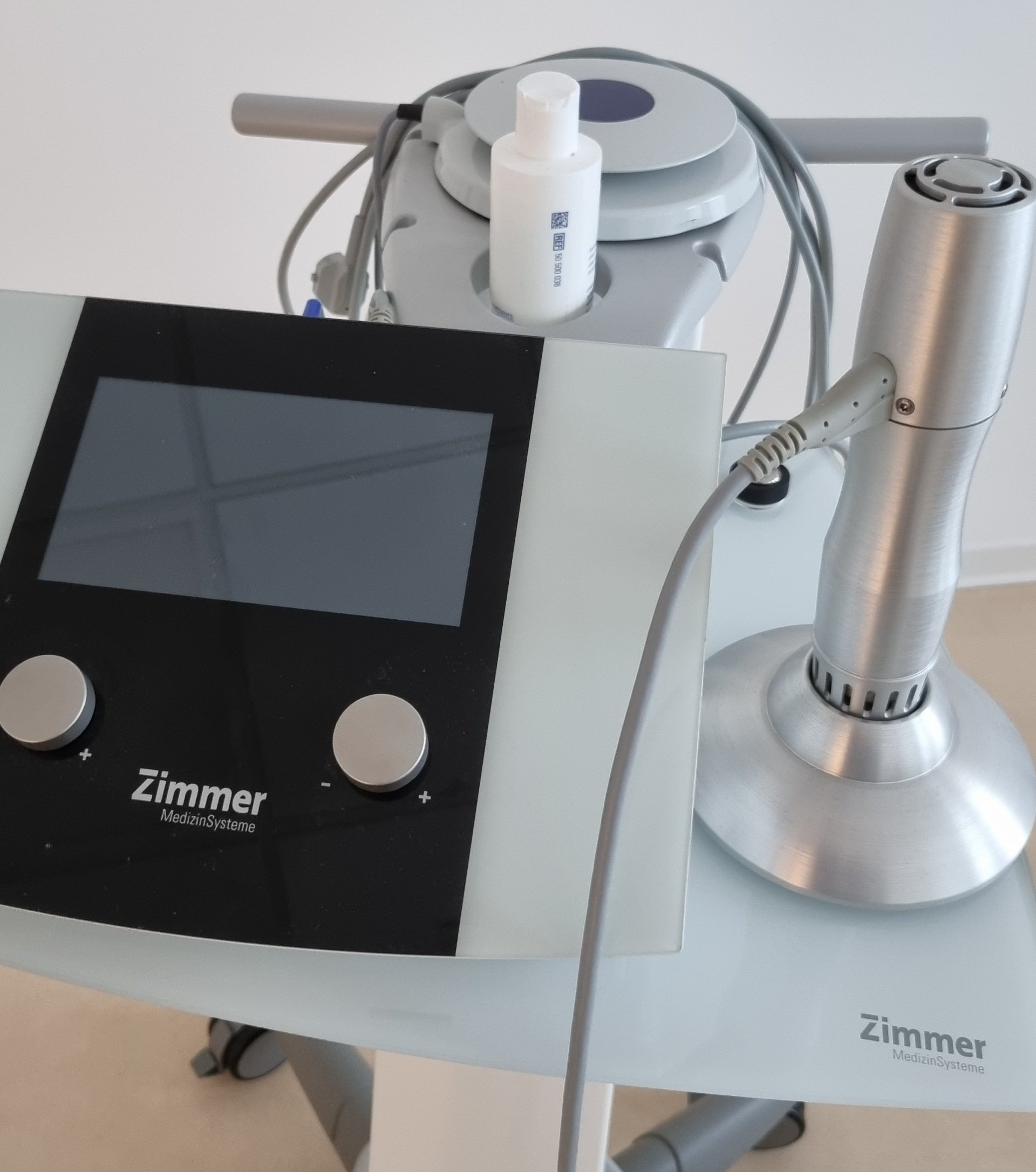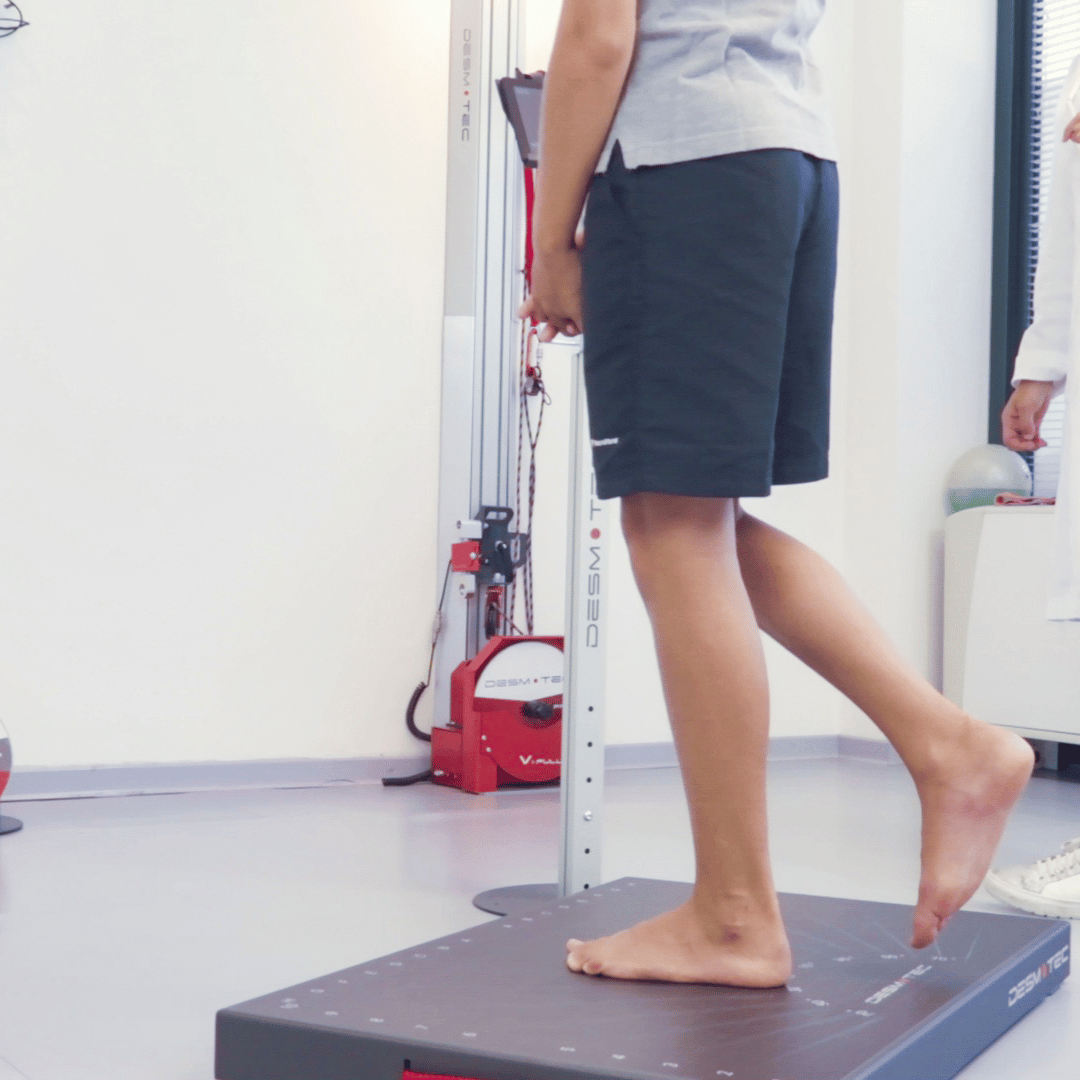Physiotherapy
So that we can offer you the best possible treatment and the process is as relaxed as possible, you will find some information hereen.
More than just the back: Physiotherapy with a system
Tension, back pain, or limited mobility are part of everyday work for many people – especially those with predominantly sedentary jobs. Our physiotherapy targets the exact source of stress and discomfort.
At the same time, we also support you after orthopedic procedures such as hip or shoulder surgeries, with herniated discs, or with other acute conditions. Whether it's rehabilitation after hospitalization, chronic problems, or targeted prevention – we provide you with expert, personalized support on your path back to greater freedom of movement and quality of life.
In a calm, professional environment right on site, we combine modern treatment methods with many years of experience – and take the time to address your personal situation.
How we work
More than treatment – a holistic approach to your health.
We take our time
Good therapy begins with attentiveness. We deliberately take time for a detailed analysis during your initial appointment—usually 25 minutes for physiotherapy or therapeutic interventions. You can also extend your therapy time in subsequent appointments if you wish, allowing space for individual focus.
Knowledge strengthens health
We want you to not only receive treatment, but also understand what is good for your body. Through targeted explanations during therapy, we support you in recognizing connections and actively contributing to your own regeneration.
Our team – experienced and committed
Our therapists bring many years of professional experience, complemented by regular internal and external training. This ensures that we provide you with the latest advances in physiotherapy – with professional expertise and personal commitment.
We think beyond symptoms
We don't just look at the acute problem, but always at the whole person. That's why we also consider posture, movement, lifestyle, and daily work routine – and provide you with motivational support on your path to a better quality of life and resilience.
Learn how we treat various diagnoses and problem areas – individually planned, structured, and medically sound.
What makes us special
Therapy with system
We don’t treat “indiscriminately,” but follow a clear plan: targeted assessment, comprehensible measures, verifiable progress.
Accessibility in everyday working life
As part of the site, we are directly accessible to many people – without detours, right in the middle of their daily work routine. We are also open and easily accessible to external patients.
Combination of therapy & training
We think ahead: In direct connection to our training center, we create seamless transitions between passive treatment and active support.
Knowledge transfer instead of empty phrases
We explain what we do – and why. So you can better understand your body and work more effectively.
With empathy and trust
Our therapists take their time, listen, and treat you as an equal. We focus on you as a person—not just your symptoms. Trust, respect, and a sense of well-being are just as important to us as any technique.
Making progress visible
Whether EMG, ultrasound, strength testing, or InBody – we use modern technology to objectively measure stress and progress. This makes therapy understandable, targeted, and motivating.

"What sets us apart in the field of physiotherapy is our dedicated team of therapists, who work with expertise, empathy, and genuine passion for people. Our focus is not just on modern treatment methods, equipment, and a pleasant atmosphere – above all, personal care and trusting relationships count. We take time to address individual needs and accompany our patients on their path to recovery with heart, mind, and experience."
Anne Gierth-Kaschky, Senior Physiotherapist
Here we show you how our different treatment methods are structured – explained clearly and tailored to your needs
Good to know
We work with all statutory health insurance companies, BGs as well as private and self-paying patients.
Before your appointment
Modern diagnostics – for targeted, effective therapy
So we don't just treat, but understand what your body truly needs. Our diagnostic procedures provide objective data that allow us to more accurately classify your symptoms, measure progress, and make your therapy even more effective.
Your contribution to successful therapy – simple and effective
Therapy works best when you actively participate—even outside of treatment. There are some simple but effective ways you can specifically support your healing process:
Healthy eating
A balanced diet supports tissue regeneration, reduces inflammation, and provides your body with exactly what it needs for healing and performance.
Individual “homework”
If needed, our therapists will provide you with targeted exercises to do at home, tailored to your specific symptoms. This allows you to actively work on your progress every day.
Regeneration & Sleep
Adequate rest isn't a luxury, but part of therapy. While you sleep, many repair processes take place in your body—don't underestimate this.
Additional training
Depending on your diagnosis, you can train with us alongside your therapy – individually planned, supervised, and directly on-site – supported by your health insurance provider.
TMake or cancel an appointment
Would you like to book an appointment with us—or are you unable to make it? No problem: Here you'll find all the important information about scheduling and canceling appointments, as well as our organizational procedures.
